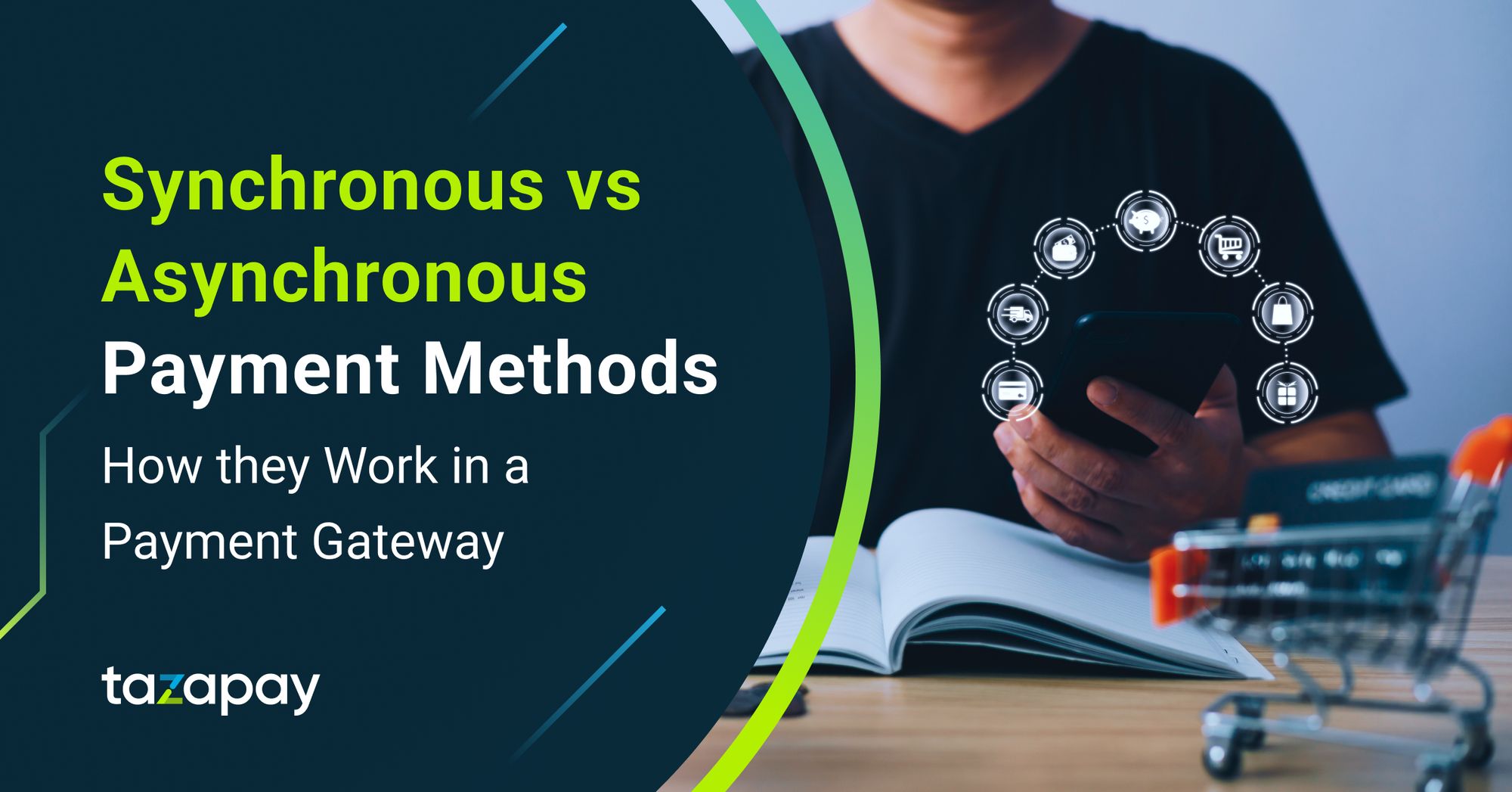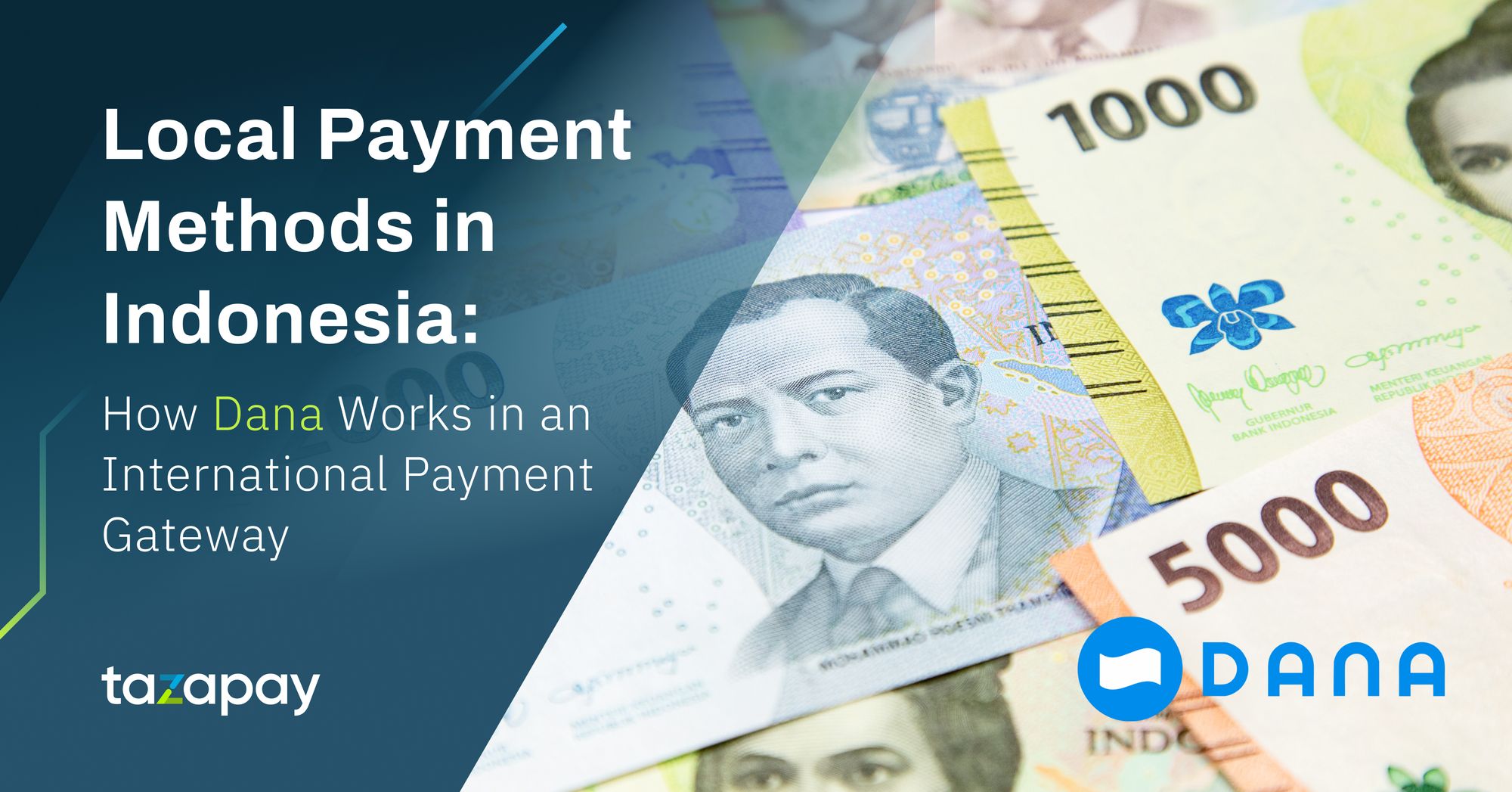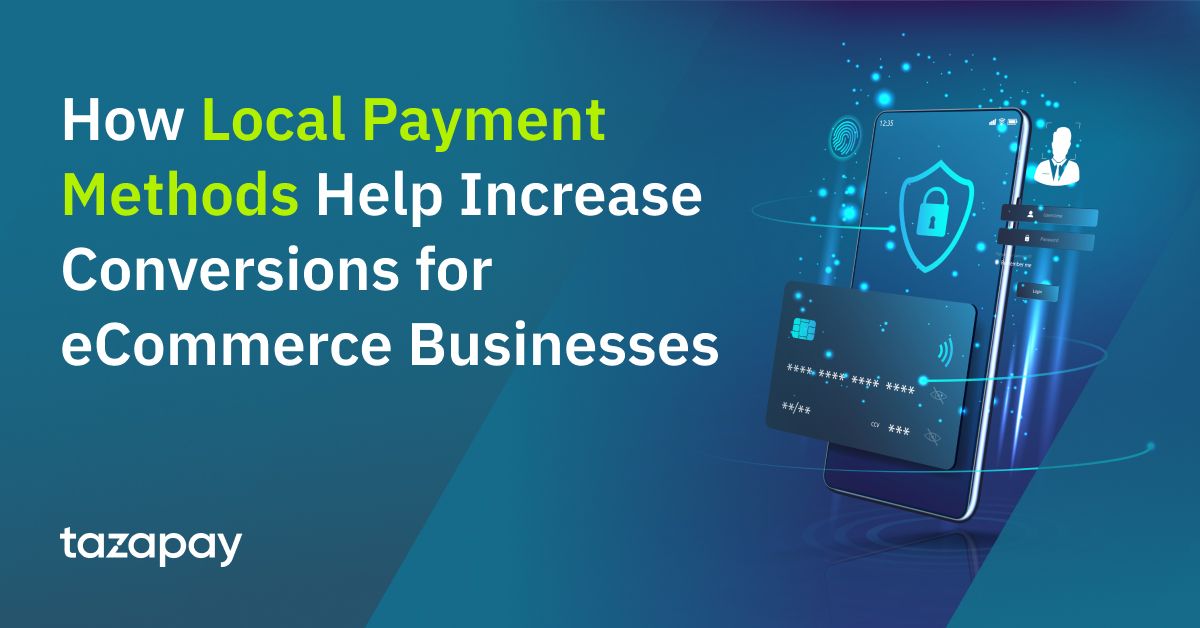- Home
Blog Blog
Payments Resources Payments Resources
Synchronous vs Asynchronous Payment Methods: How They Work in an International Payment Gateway
Synchronous vs Asynchronous Payment Methods: How They Work in an International Payment Gateway

The savvy e-Commerce merchant knows that when it comes to payment methods, they are spoiled for choice. Knowing how many to take on, and the suitability of each in any given market, is a crucial matter entirely that could spell the difference between success and mediocrity in the sphere of e-Commerce. Generally speaking, it is good business sense to have multiple localised payment methods on hand to both increase your odds of successfully integrating into the local market ecosystem and reducing the risk of chargeback fraud.
The overall B2B e-Commerce market is also projected to be continuing its healthy upward trend of growth where it has a reported global market value of 17.9 trillion USD in 2021– a roughly 120% increase from its previous 14.9 trillion USD in 2020, thus making at least 5 times larger than the global market size of the B2C e-Commerce market¹. This tremendous market size and growth is further compounded by the overall increase in digital shoppers worldwide, sitting at nearly four billion consumers in 2021².
This goes to show that the e-Commerce market sphere is not only thriving, but also intensely competitive as well as it is evident that the number of digital businesses and digital consumers will only keep increasing. Therefore, knowing which payment methods to choose from and how they function is key, and this includes knowing how to distinguish between synchronous and asynchronous payment methods.
What Is Synchronous Payment?
Synchronous payments refer to payments that are processed in real-time or near-instantaneously. This usually means that payments made using synchronous payment methods are fast and convenient at the cost of high transaction fees and/or greater dispute resolution difficulty. Examples of synchronous payment methods include card payments, internet banking, real-time payments, and bank redirects.
What is Asynchronous Payment?
Asynchronous payments refer to payments that are processed with some length of time between the moment of transaction and the resolution of the transaction. The time it can take for an asynchronous payment to process a transaction can take anywhere from a few minutes to a few days, depending on the payment rail used. That said, asynchronous payment methods also have strong brand trust behind them and are typically more secure and readily available than most synchronous alternatives. These asynchronous payment methods include local bank transfers, mobile money, voucher payments, and wire transfers.
How Does Synchronous Payment Work in a Payment Gateway?
Most synchronous payments are powered by a robust digital payments infrastructure to help facilitate the protocols and uniformity needed across banks to make synchronous payments possible, such as Singapore’s inter-bank payment system with PayNow, or Sofort’s utilisation of Klarna Kosma’s PISP-based infrastructure in Europe.
Generally speaking, a synchronous payment in a payment gateway would go as follows:
- The client uses their synchronous payment method of choice upon checkout
- The payment itself is then processed in near real-time through the internet and immediately reaches the merchant’s bank account, disbursing the funds.
- A notification is sent to both the client and the merchant that the transaction is successful within the span of a few seconds from the moment the payment was made.
How Does Asynchronous Payment Work in a Payment Gateway?
Asynchronous payments are usually synonymous with more conventional payment methods and/or hybrid payment methods that intend to reach out to the unbanked population of a given market, such as voucher-based payments in Latin America. While they may take more time to process, their security cannot be understated.
This is how asynchronous payments are processed in a payment gateway:
- Upon checkout, the client opts for their asynchronous payment method of choice.
- Once the payment is made, the payment processor must confirm that the receipt of funds has been received before the transaction is processed.
- The funds are then moved from the client’s bank account into the merchant’s bank account within a few minutes or days depending on the payment rail.
- Both the client and the merchant are notified of the successful transaction.
Now that you know more about the difference between synchronous and asynchronous payment methods, you can make smarter decisions the next time you opt for a payment method to adopt into your e-Commerce business. Though, with Omoney, you can skip the ruminating phase altogether and enjoy access into more than 80 localised markets at your fingertips with just a single click. Don’t delay, try Omoney today!
Sources
Category

Payments Resources
Synchronous vs Asynchronous Payment Methods: How They Work in an International Payment Gateway
Related Articles

Local Payment Methods in Indonesia: How Dana Works in an International Payment Gateway







